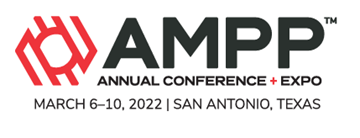Search
Optimizing Pipeline AC Threat Assessments using Computational Aided Engineering (CAE) Modelling
Also Purchased
Monitoring Strategies for Effective AC Mitigation Integrity Management
Product Number:
51323-18885-SG
Publication Date:
2023
$20.00
Comparing AC Study Techniques In Addressing AC Corrosion Risk
Product Number:
51322-17735-SG
Publication Date:
2022
$20.00
Towards Automated Development and Evaluation of Optimal Corrosion Inhibitor Products
Product Number:
51323-18783-SG
Publication Date:
2023
$20.00




